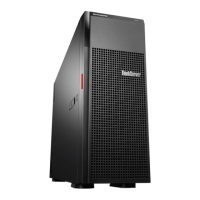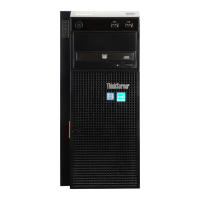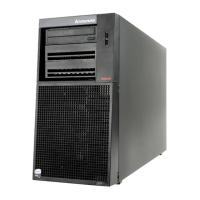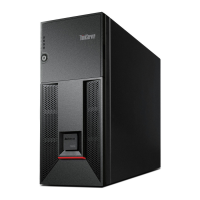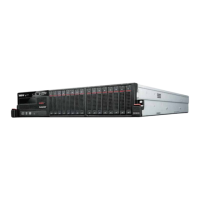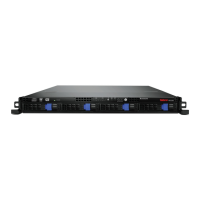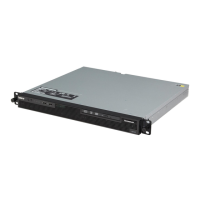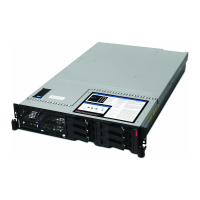• If your SATA configuration is set as AHCI or IDE, select Installation, and then press Enter.
• If the operating system is to be installed on SAN, do the following:
a. Select Installation.
b. Press E to enter editing mode. Then input dud=1 and press F10.
c. After the driver is loaded, press Enter. If the “Please choose the Driver Update medium” window is
displayed, select Back.
3. In the Language, Keyboard and License Agreement window, select your language and keyboard layout
and then select I Agree to the License Terms. Click Next.
Note: In the License Agreement window, click OK if a prompt dialog box is displayed.
4. If the Network Settings window is displayed, configure the network settings and click Next.
Notes: If the operating system is to be installed on the SAN through an iSCSI card, the Disk Activation
window is displayed. Do the following:
a. Click Configuration ISCSI Disks.
b. Ensure that the ISCSI configuration information is correct and then click OK.
c. Click Next.
5. In the Registration window, configure the information as prompted and click Next. The following steps
are based on the scenario that Skip Registration is selected in this step.
6. In the Add On Product window, select add-ons to be installed and click Next. The following steps are
based on the scenario that default options are selected in this step.
7. In the Suggested Partitioning window, use the suggested partitioning method and click Next. If you want
to create a drive partition, do one of the following:
• Manually create a root partition (/)
a. Click Create Partition Setup and select Custom Partitioning (for experts). Click Next.
b. In the Expert Partitioner window, select Hard Disks from System view. Then select the disk (for
example, sda) for installing the operating system and click Add.
c. In the New Partitions Size window, select Custom Size.
d. Type the amount of space (for example, 80 GB) in the Custom Size field and then click Next.
e. Select Operating System from Role.
f. In the Formatting Options area, select BtrFS from the File system drop-down list box.
g. In the Mount partition area, select the forward slash (/) from the Mount Point drop-down list box.
h. Click Finish.
• Manually create a boot partition (/boot/efi)
a. In the Expert Partitioner window, select Hard Disks from System view. Then select the disk (for
example, sda) for installing the operating system and click Add.
b. In the New Partitions Size window, select Custom Size.
c. Type the amount of space (for example, 2 GB) in the Custom Size field and then click Next.
d. Select Operating System from Role.
e. In the Formatting Options area, select FAT from the File System drop-down list box.
f. In the Mounting partition area, select /boot/efi from the Mount Point drop-down list box.
g. Click Finish.
• Manually create a swap partition
Chapter 3. Installing an operating system in UEFI mode 71

